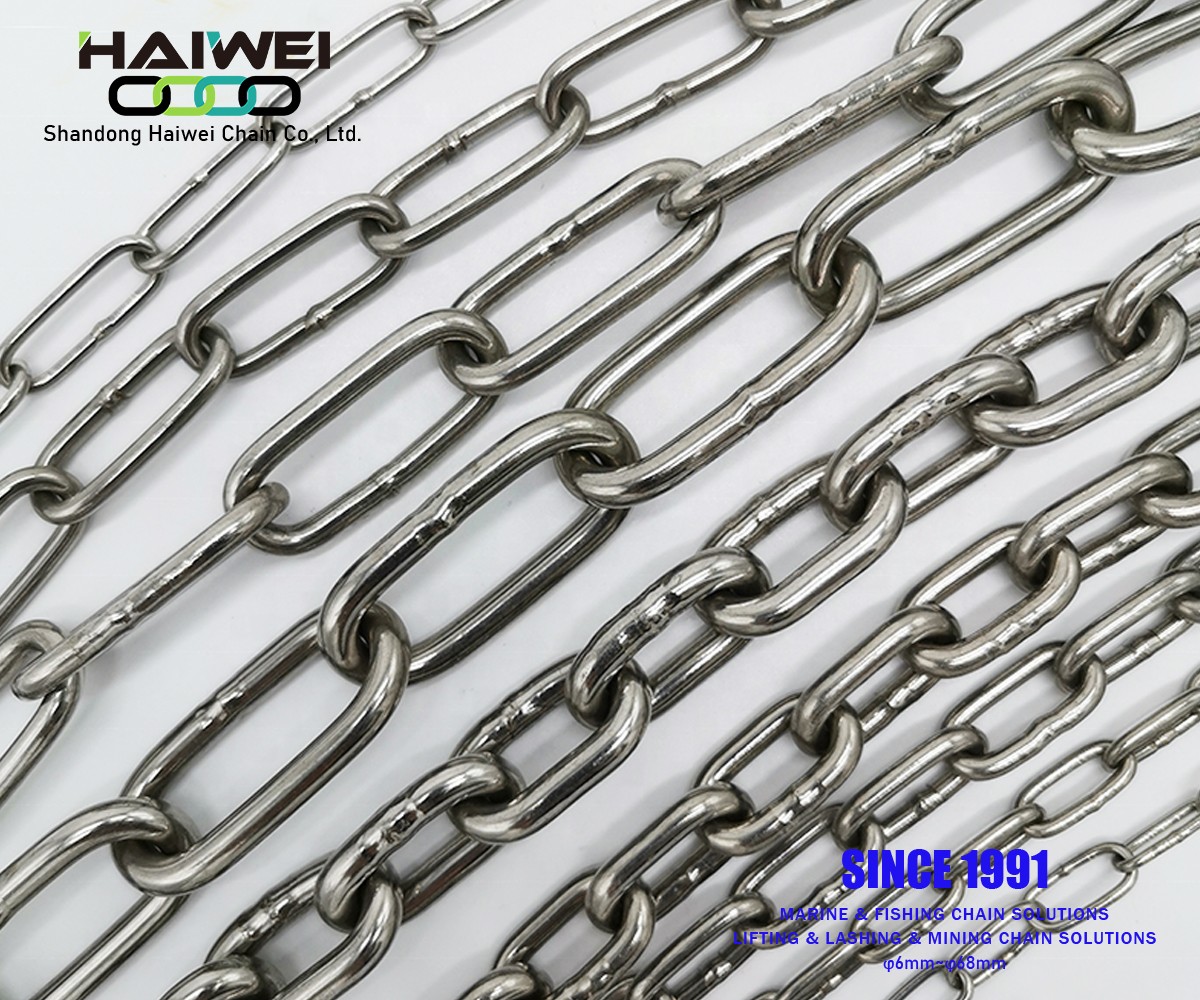Polishing


A layer of black or gray oxide skin will be formed on the surface of stainless steel after hot processing, machining or placing for a certain time. Its main components are Cr2O3, NiO and very insoluble FeO and Cr2O3. On the one hand, their existence will affect the appearance quality and the use performance of the product. Therefore, appropriate measures should be taken to remove them. There are many reports on the surface treatment of stainless steel, such as scale removal and polishing. As a mature surface treatment method, stainless steel polishing has been widely used. Polishing can further improve the corrosion resistance and brightness of stainless steel.
Chemical polishing is a common surface treatment process for stainless steel. Compared with electrochemical polishing process, its biggest advantage is that it does not need DC power supply and special fixture, and can polish complex parts with high productivity. In terms of functionality, chemical polishing can not only obtain the surface with physical and chemical cleanliness, but also remove the mechanical damage layer and stress layer on the stainless steel surface to obtain the surface with mechanical cleanliness, which is conducive to preventing local corrosion of parts, improving mechanical strength and prolonging the service life of parts. Since the patent on chemical polishing of stainless steel was issued in the early 1940s, many formulations have been made public, but people still feel very difficult in practical application. Because there are many kinds of stainless steel and different grades of stainless steel have different corrosion laws, it is impossible to use the same solution, so there are many types of stainless steel chemical polishing solutions.
The basic composition of chemical polishing solution includes corrosive agent, oxidant and water. Corrosive agent is the main component. If stainless steel is dissolved in solution, polishing cannot be carried out. Oxidants and additives can inhibit the process and make the reaction proceed in a direction conducive to polishing. Water can regulate the concentration of solution and facilitate the diffusion of reaction products. Whether the chemical polishing of stainless steel can be carried out smoothly depends on the reasonable combination of the above components.
Stainless steel electropolishing is to hang stainless steel products on the anode and carry out anode electrochemical machining in electropolishing solution. Electropolishing is a special anodic process. In the whole anodic electropolishing process, there are two contradictory processes on the surface of stainless steel products at the same time, that is, the continuous generation and dissolution of oxide film on the metal surface. However, the conditions for chemical film formation on the convex and concave parts of the surface of stainless steel products to enter the passive state are different. Due to the dissolution of the anode, the metal salt concentration in the anode area is increasing, forming a thick mucosal layer with high resistivity on the surface of stainless steel products. The thickness of the micro concave convex part of the product surface is different, and the micro surface current of the anode is unevenly distributed. The micro bulge has high current density and rapid dissolution, so that the burr or micro bulge on the product surface can be dissolved first to achieve leveling; The current density in the depression is small and the dissolution is slow. Due to the different current density distribution, the product surface is continuously formed and dissolved at different rates. There are two opposite processes on the anode surface at the same time, film formation and dissolution, and the continuous generation and dissolution of passive film, so that the surface of stainless steel products is leveled to achieve a highly smooth and shiny appearance, which meets the purpose of surface polishing and finishing of stainless steel products.
By visual inspection, the brightness of the polished part surface is divided into 5 levels:
Grade 1: white oxide film on the surface without brightness;
Level 2: slightly bright, unable to see the outline;
Grade 3: good brightness, can see the outline;
Grade 4: the surface is bright and the contour can be seen clearly (equivalent to the surface quality of electrochemical polishing);
Level 5: mirror like brightness.

 NDUSTRIAL PARK, YANGLIU TOWN, XINTAI CITY, CHINA.
NDUSTRIAL PARK, YANGLIU TOWN, XINTAI CITY, CHINA. +86 0538 7221799
+86 0538 7221799 +8615069899901
+8615069899901
 Home
Home
.png)
